Written by: Jenny Cade
In my last blog I wrote about a recent personal experience with a mole that had to be removed because it could become a melanoma. This was a good wakeup call about the importance of sun protection to minimise the risk of skin cancer.
“Be safe – be SunSmart” is the message to us all from the Health Promotion Agency.
The SunSmart message is an oldie but a goodie – Slip, Slop, Slap and Wrap.
Protect your skin and eyes from the sun’s damaging rays (UV radiation).
We need to practice this every day when we’re outside especially between September and April. And as the time to be SunSmart changes every day I‘m now using the Sun Protection Alert for daily advice.
Developed by the Health Promotion Agency in association with MetService and NIWA, the Sun Protection Alert is available from September to April and gives the recommended times to be SunSmart each day. During the daylight saving months), the Sun Protection Alert is available on the Metservice’s website and weather App, as well as in newspapers, television (TV3), and some radio stations.
The alert is specific to regions across the country and alert times can change in five-minute increments from one day to the next. To be sure you’re getting the right advice, you can add the Sun Protection Alert to your workplace’s website and intranet. It will display the UV reading for the selected region so people know when they need to be SunSmart.
Here’s what Sun Protection Alert looks like

What does the Sun Protection Alert mean?
In this example, the key message is that you need to protect your skin and eyes from 9.50am to 4.05pm because that’s when UV levels are 3 or higher.
You can also check UV levels from NIWA’s UV forecasts and the free uv2dDay app.
So now that we all know the principles of what to do to be SunSmart, let’s look a bit closer at how we do it.
Slip into the shade e.g. a leafy tree, under an umbrella, awning, sun shelter or other shade-providing apparatus.
Slop on some sunscreen.
A broad spectrum sunscreen of at least SPF 30 is recommended.
Use a ‘two coat’ approach.
- Apply sunscreen 20 minutes before going outside and again when you’ve been outside for 10 to 20 minutes.
- Applying two ‘coats’ of sunscreen:
- helps cover up areas you may have missed on your first application
- gives you a thicker, more protective, layer of sunscreen.
Reapply every two hours and especially after being in water or sweating.
Slap on a hat with a wide brim or a cap with flaps.
More people are sunburnt on the face and neck than any other part of the body.
Wrap on sunglasses.
Choose close fitting, wrap-around style sunglasses. Not all sunglasses protect against UV radiation so always check the label for their sun protection rating.
Back to the sunscreen – now that I’ve got you all reaching for it – the sunscreen that’s left over from last summer might not be the best option. This isn’t a sales pitch designed to make you all rush off to your pharmacy to buy more but a reality check that using a sunscreen you have at home may not provide the best protection.
Sunscreens are typically formulated to last for 2-3 years but only if they are stored under 25-30 degrees. This means that a product that was rattling around in your car for most of last summer may not the best to use this summer. If it’s been stored in a cool place and away from direct sunlight, last year’s sunscreen might be ok but anything older probably needs replacing.
Choose a broad-spectrum sunscreen of at least SPF30. Broad-spectrum sunscreen reduces the intensity of both UVA and UVB rays. No sunscreen provides 100% protection from UV radiation.
How much to apply is important also.
As a guide, average-sized adults should apply about half a teaspoon of sunscreen to the face, ears and neck and one teaspoon to each leg, arm, the front of the body, and the back of the body. That’s a total of about seven teaspoons of sunscreen for one full body application.
I know much of the information provided here is old news, however, some statistics provided by Melanoma New Zealand during the recent Melanoma Awareness Week show just how important the messages are. New Zealand has the highest per capita rates of invasive melanoma in the world, with about 11 new diagnoses every day. Melanoma accounts for 2324 new cancers and 354 deaths each year and the number of people diagnosed in New Zealand is predicted to increase by 50 percent over the next 20 years.
So with these stats in mind, I hope you’ll join me in Slipping, Slopping, Slapping and Wrapping our way through summer.
For more information go to http://sunsmart.org.nz/
Save
Save






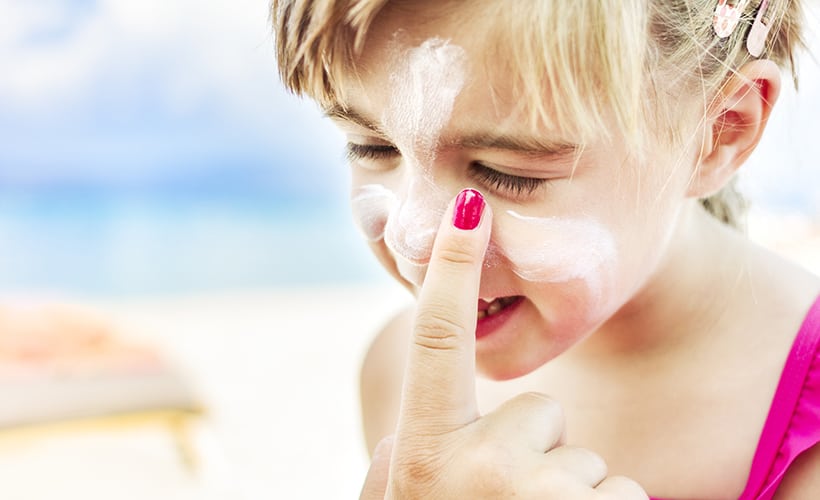

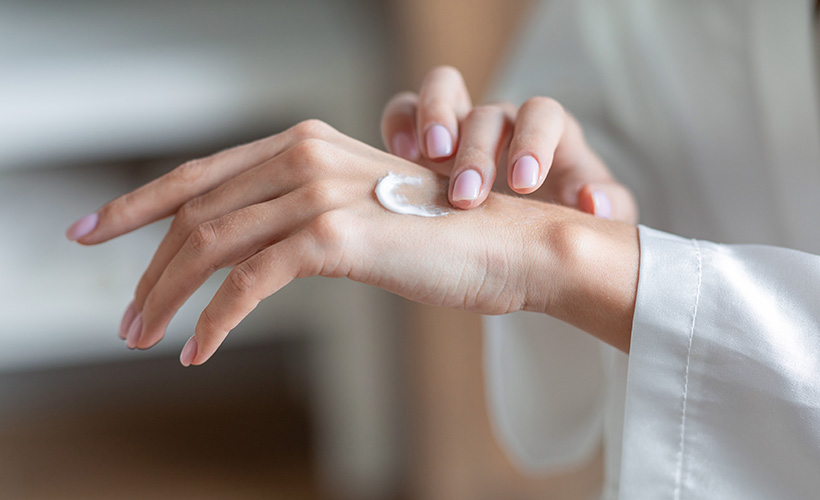
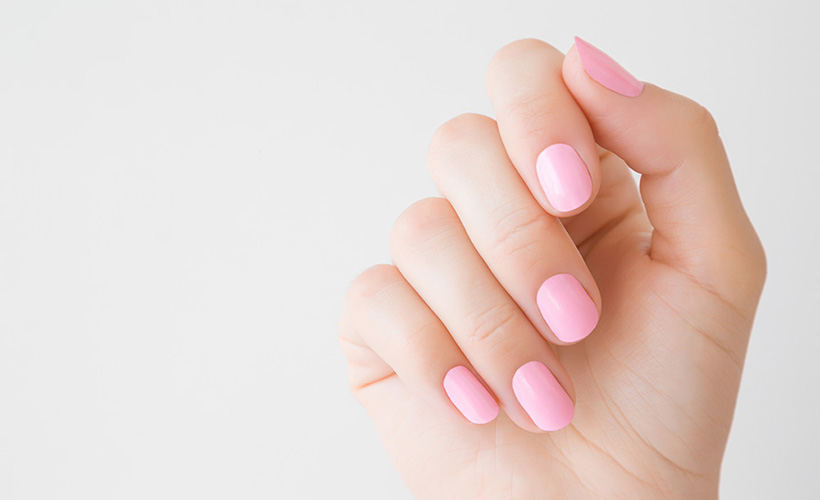





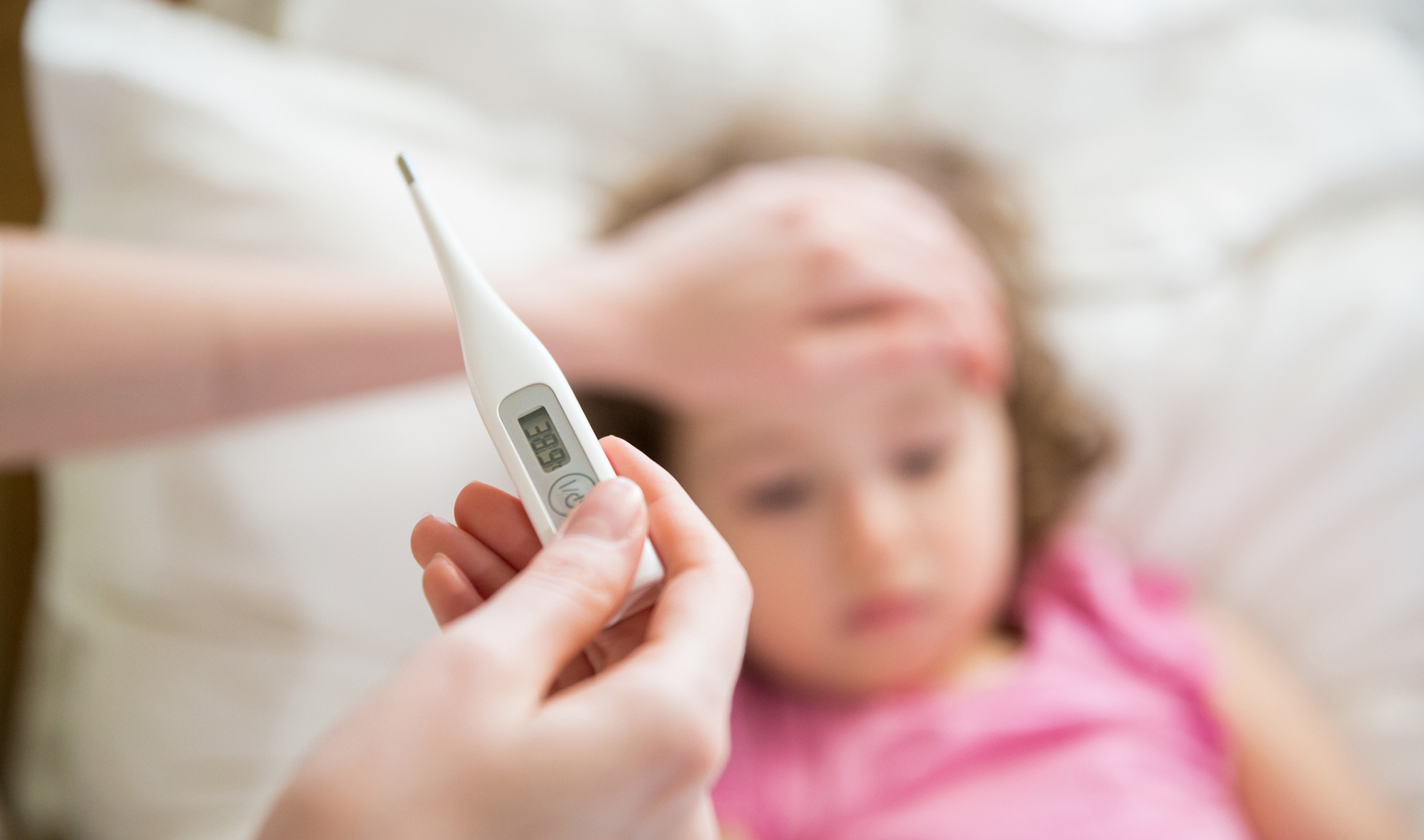
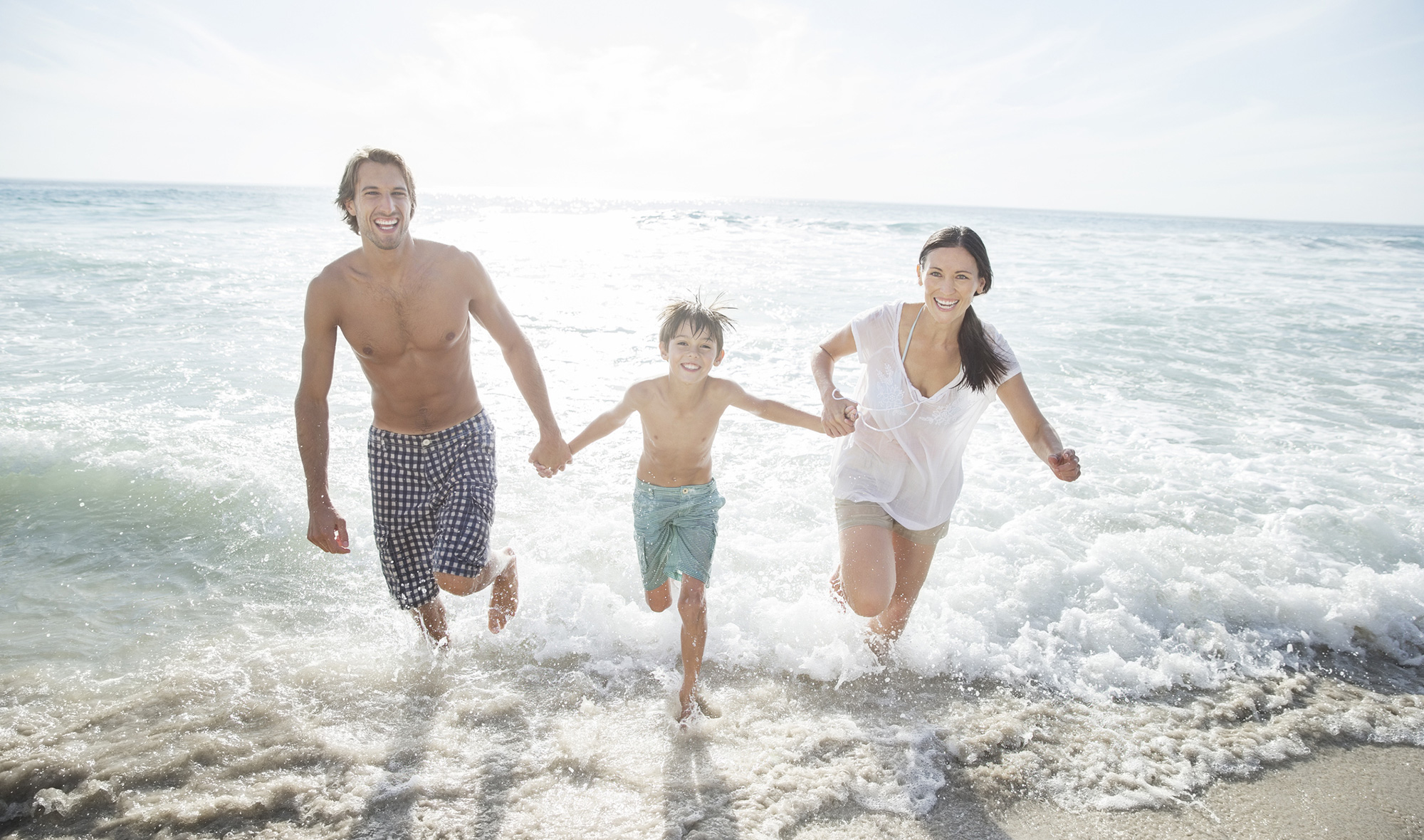
Community